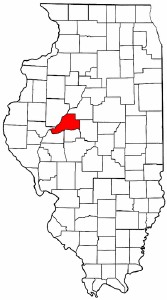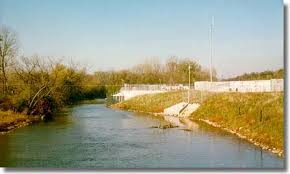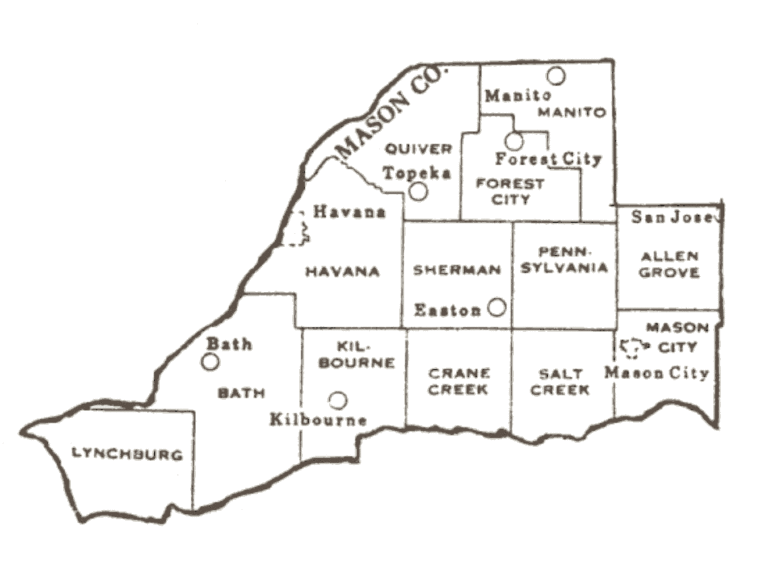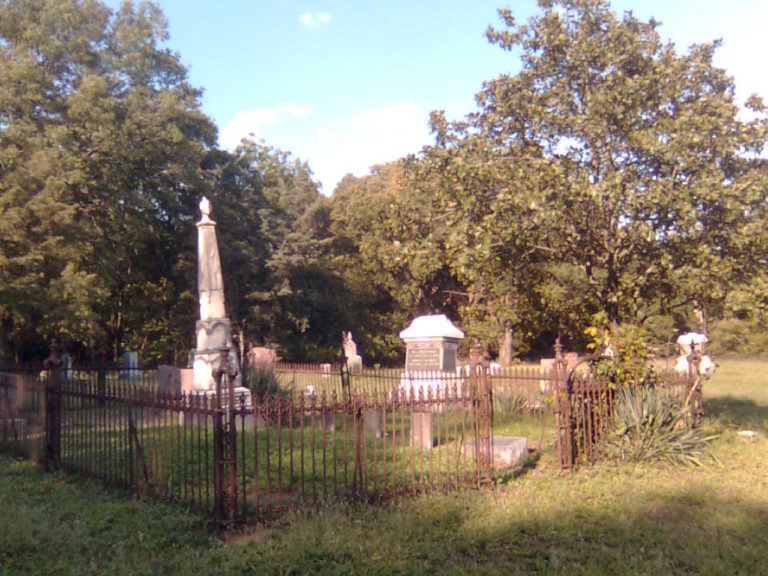Early History of Mason County- Sherman Township
For the next several weeks I will be bringing to you some history. What I am giving you if from a book titled “The History of Menard and Mason Counties, Illinois” The author is anonymous so this is free reign to copy and give to you. The book covers Mason County from 1841 to circa 1879. On thing to remember is I didn’t write this material. If things appear to be not quite right then it is from the book and not from me.
I will start with the history of the townships and then a brief history of any towns or villages found in that township. Let’s get started!
FEEL FREE to SHARE this link to anyone that might be interested in this subject.
The History of Sherman Township Part 1
When, in 1862, in accordance with a vote of the citizens adopting township organization, the county of Mason was divided into eleven townships.
Sherman had no part or lot in the matter. The voting-places of its citizens were Havana, Forest City, and in the eastern portion of Pennsylvania Township. The distance to be traveled and the difficulty experienced in reaching them, often deterred them from exercising this most inestimable right of the
American citizen. In September, 1866, a petition was presented to the Board of Supervisors, praying that a new township by the name of Jackson might be created out of portions of Havana, Pennsylvania and Mason Plains (now Forest City) Townships.
After mature deliberation, the prayer of the petitioners was granted. Though the name by which it had been christened was
one which the American people had twice honored with the highest gift in their power to bestow, and was calculated to perpetuate the memory of the hero of
New Orleans, yet a greater in military exploits than he had arisen. Sherman, who, at the head of his noble and victorious army, had ” marched down to the
sea,” and by his successful warfare, waged in behalf of his country, had endeared himself to every true patriot heart, was a name well-pleasing to many
of its citizens. At the January meeting of the Board, in 1867, upon motion, the name Jackson was stricken out, and that of Sherman substituted. It is designated as Town 21 north, Range 7 west of the Third Principal Meridian, and comprises thirty-six sections a Congressional Township. The woodland districts are of a very limited extent. Excepting a small grove in the northeast
corner, known as Crane Marsh timber, and the outskirts of Bull’s Eye Prairie timber, along the western edge, the entire township is prairie. A county ditch,
finding an outlet through Crane Creek, crosses the southeastern corner, and, with its tributaries, affords drainage to an extended scope of its territory. The
C., H. & W. R. R. (formerly known as the Havana extension of the Indianapolis, Bloomington & Western) crosses its southern portion, the length of line
through the township being about seven miles.
The geographical position of Sherman is south of Quiver and Forest City
Townships, west of Pennsylvania, north of Crane Creek, and east of Havana.
As an agricultural district, at present it ranks lower than any other township in
the county. This is owing to the large amount of wet, swampy land included
within its limits. Fully three-fourths of its entire area was comprised in that
portion of the county known, a few years ago, as “swamp-lands.” Many of
its broad acres were at one time held by the Government at the small sum of
25 cents per acre, and even this mere pittance it failed to realize. These lowlands, when effectually drained, have proved to be very productive, and the
township, by a thorough system of artificial drainage, may be made to compare favorably with other portions of the county in its annual products. With
this glance at its topographic features, we come at once to a notice of its EARLY SETTLEMENT.
The first improvement made in what is now Sherman Township was that of
Thomas K. Falkner. The family, originally from the Empire State, had set- tled in Dearborn County, Ind., in 1815. In 1830, Thomas, then a married
man, moved to Madison County, and settled on the bank of White River.
Eight years later, he removed to Illinois, and entered lands in Section 7, Town
21 north, Range 7 west of the Third Principal Meridian, then Tazewell, now
Mason County. He built a log cabin, and, on the opening of spring, began to break prairie. After a residence of ten or twelve years, he sold out to Henry
Cease and moved into Salt Creek, where, in 1865, he died. In the summer of
1839, Mahlon Hibbs and his sons, William and Eli, together with his son-inlaw, John Hampton, came from Columbia County, Penn., and settled on the
same section. Mahlon Ilibbs settled on the southeast quarter, made an improvement, and died the fall after coming. William Hibbs entered land on the
northwest quarter, improved it, and, after a residence of some six or eight years,
traded it for mill property in Island Grove, Sangamon County. From there
he removed to Missouri, and, a few years since, to Kansas, in which State he
at present resides. John Opp is the owner, at present, of the land he entered.
Eli .Hibbs made his farm on the northeast quarter, lived there some years, and
then moved to the farm entered by his father, where he still lives. John
Hampton located west of his father-in-law, and lived on the farm he entered
and improved till October, 1878, when he moved to Shelby County, Mo.,
where, at last accounts, he was still living. About two weeks subsequent to the arrival of the Hibbses and Hampton, Mrs. Catharine Dentler and family
came from Northumberland County, Penn., and settled on Section 18, south of
the settlements already mentioned. She moved to Nebraska seven or eight
years ago, and died there in the winter of 1878. Solomon Dentler, a young
man, nephew of Mrs. Dentler, came with the family. He entered eighty acres on Section 20, but did not improve it. In the fall of 1839, he returned East,
and, having traded his land to Henry Cease, did not again come West. The
settlers already mentioned comprised the entire citizenship of this section prior
to 1844. West of their location, toward the town of Havana, there were seven
or eight families along the border of the woods, to wit, Coder, McReynolds,
Robert Falkner, Eli Fisk, Brown, Fessler, and a few others. These constituted
the inhabitants in the first thirty miles or more east of Havana. Nearly the
whole country was a vast, unbroken prairie, over which roamed at pleasure
vast herds of deer and wolves. Mr. John R. Falkner relates that, in the
spring of 1840, he, with two others, counted on Bull’s Eye Prairie fiftynine deer in one herd, and forty-two in another, all in sight at the same
time. James H. Chase was the next in order in the township. He came
from Pennsylvania to Hamilton County, 111., in 1839, and from there to Mason in 1844. His improvement was made on the northwest quarter of Section 8, where he remained till the date of his decease, an event which occurred some years ago.
Joseph Lehr settled in the northwest corner of the township in 1845. He purchased two acres of William Hibbs for a building-site, on which he erected a cabin. He laid a claim on Section 6, which he improved and owned to the date of his death. Lehr came from the Buckeye State, but was a native of Pennsylvania. He moved to Wabash County and lived one
year, thence to Wisconsin and remained one year, finally returning to Havana,
where, a few years ago, he died. Among the list of settlers as early as 184849,
we find the names of Henry Cease, John Blakely, William and John Alexander
and Charles Trotter. Cease was from the Keystone State, and was the fore- runner of a large number from the same section that settled, at an^early date,
in what is now Pennsylvania Township. He purchased the improvement of
Thomas K. Falkner, and, a few years later, moved farther east into the township, on land now owned and occupied by J. H. Kellerman. He moved to Missouri a few years ago, and at present resides there. Blakely and the Alexanders were from Ohio, and settled east of those already mentioned. Blakely continued a citizen till the date of his decease. The Alexanders first settled in
Havana Township, but came, as above stated, to Sherman. William located near the edge of Crane Creek timber, and, several years ago, went to Missouri.
John sold out some three or four years after coming,, and returned to Ohio.
Charles Trotter was an Englishman by birth, and came to this section from the Bay State. Peter Morgenstern now owns and occupies the farm he improved.
He remained in the township but a few years, then moved to Beardstown, Cass County, where, some years later, he died. About the time of the last mentioned
date, Mrs. M. B. Devenport and family, consisting of her sons Henry, Lewis,
William, Joseph and Marshall, settled in the southern part of the township,
about one mile southeast of the present village of Easton. Her husband, Marshall B. Devenport, commonly known as Booker, came from Kentucky to Illi- nois in 1832, and died in what is now Salt Creek Township in 1840. Joseph died here a number of years ago. Henry is still a resident of this part, while
Eli T. resides across the line, in Crane Creek. Marshall Devenport took up his residence in the Golden State some years since, and, when last heard from, was living.
Wednesday is Sherman Township part 2
Friday is the History of Easton




